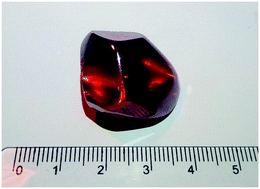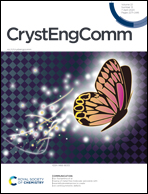Nature of thermoelectric properties occurring in defected Sn2P2S6 chalcogenide crystals
Abstract
Detailed first-principles calculations were performed to explain the physical nature of the thermoelectric properties occurring in Sn2P2S6 (SPS) crystals with deviation from stoichiometry. Consequently, a computational model was formulated to calculate the thermoelectric parameters of nonstoichiometric SPS crystals in the paraelectric phase by taking into account the calculations of cohesive energy, Ecoh, crystal formation energy, Ef, and vacancy formation energy, Evf, using the DFT and DFT+U methods. Using the Boltzmann formula, the relative concentrations of different types of point defects in bulk SPS systems were determined. These data were used to calculate the temperature behavior of nonstoichiometric SPS crystals. Experimental temperature dependence of conductivity was determined. Consequently, the concentration of charge carriers, their mobilities, and temperature behaviors of the Seebeck coefficient in the SPS crystal could be determined. The experimentally obtained dependencies of the thermoelectric effect demonstrated an agreement with the experimental measurements, confirming the validity of the proposed model of point defect formation in the material under consideration, thereby proving the unexpected properties of the SPS crystal.



 Please wait while we load your content...
Please wait while we load your content...